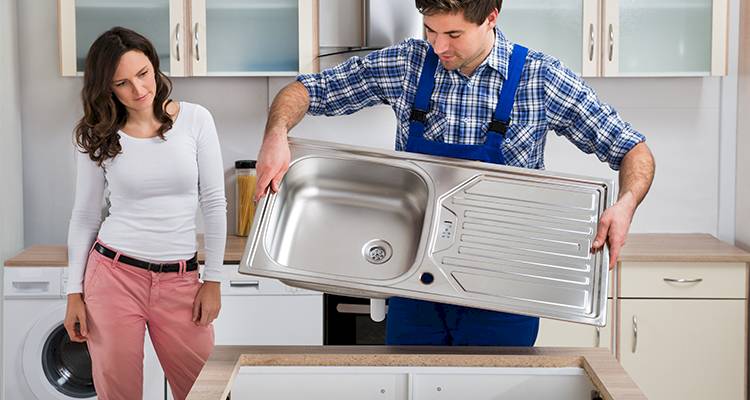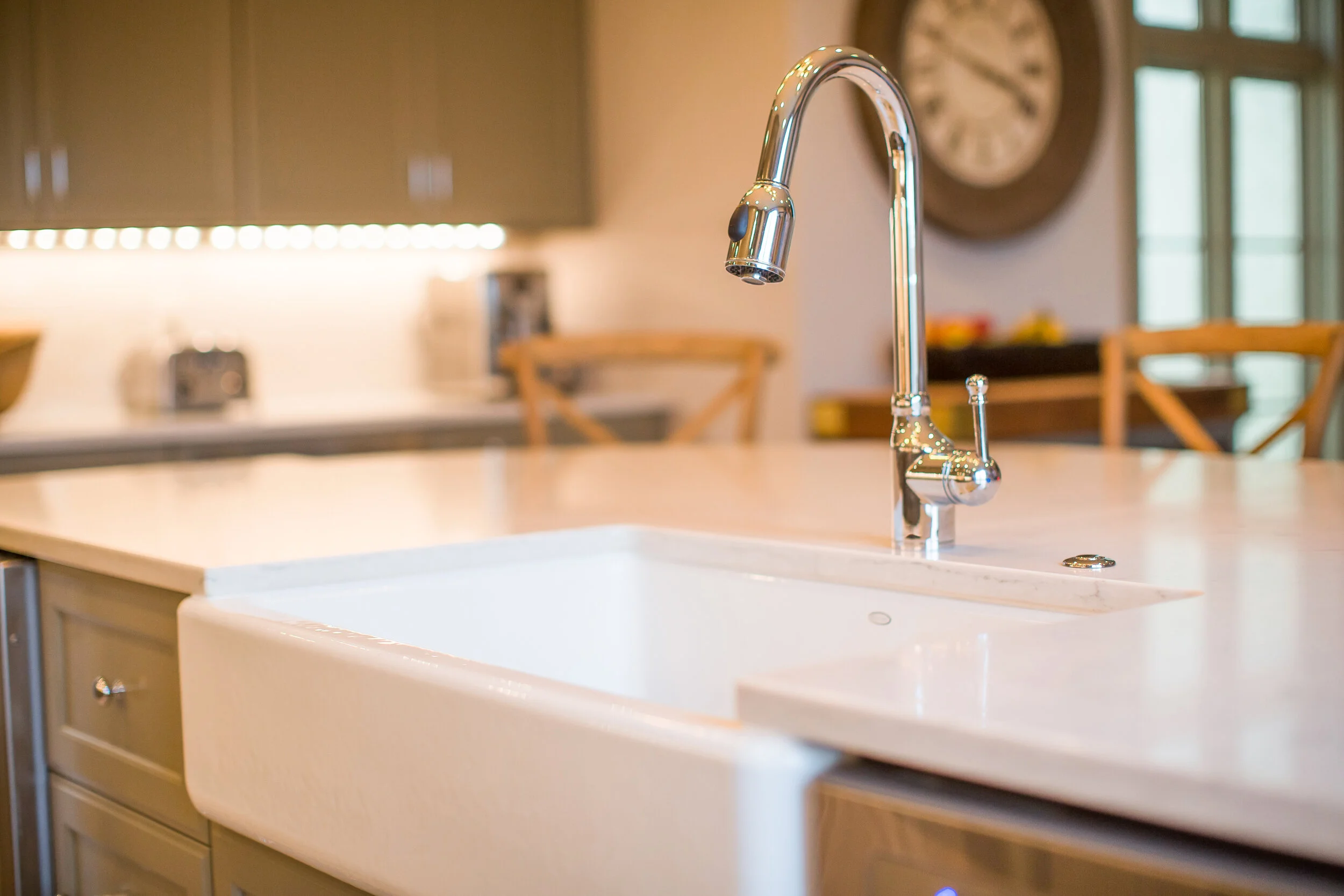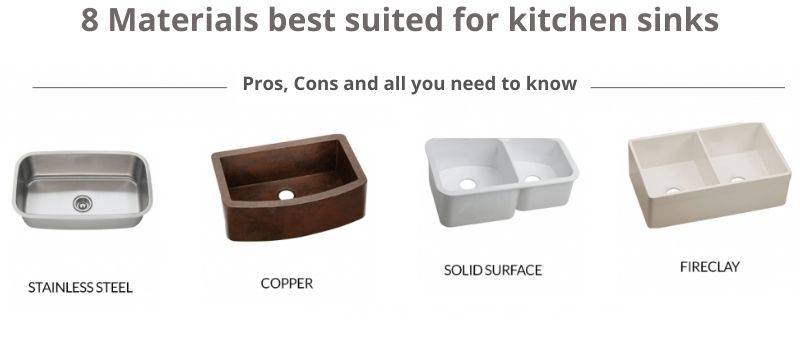1. Moving a Kitchen Sink: Step-by-Step Guide
Moving your kitchen sink may seem like a daunting task, but with the right guidance, it can be a smooth and successful process. Whether you're looking to rearrange your kitchen layout or simply need to relocate the sink for plumbing reasons, this step-by-step guide will walk you through the process.
The first step is to turn off the water supply to the sink. This can typically be done by turning off the water valves located under the sink. If you cannot locate the valves, you may need to turn off the main water supply to your home.
Next, disconnect the plumbing connections. This includes the water supply lines, drain pipe, and any other connections to the sink. Make sure to have a bucket or towels handy to catch any excess water that may come out during this process.
Once the plumbing is disconnected, you can remove the sink from its current location. This may require unscrewing any brackets or screws that are holding the sink in place.
Now it's time to prepare the new location for the sink. Measure and mark the area where the sink will go, ensuring that there is enough space for the sink and any additional fixtures such as a garbage disposal.
Before installing the sink in its new location, it's important to check for any potential issues. Make sure the new location has the necessary plumbing and electrical connections, and also check for any structural concerns such as weak or uneven flooring.
Once you are satisfied with the new location, it's time to install the sink. This may involve attaching brackets, securing the sink with screws, and reconnecting the plumbing. Make sure everything is properly secured and aligned before turning the water supply back on.
Finally, turn the water supply back on and check for any leaks. If everything looks good, you can now enjoy your newly relocated kitchen sink!
2. How to Move a Kitchen Sink Without a Plumber
If you're feeling confident in your DIY skills, you may be wondering if it's possible to move a kitchen sink without hiring a plumber. While it is possible, it's important to proceed with caution and make sure you have the necessary skills and tools.
The first step is to follow the same process as outlined in the previous section. However, when it comes to reconnecting the plumbing, you will need to have a good understanding of how it all works. Make sure to research and educate yourself on proper plumbing techniques and connections before attempting this on your own.
In addition, you will need to have the necessary tools such as a wrench, pliers, and pipe cutters. If you don't have these tools on hand, it may be more cost-effective to hire a plumber instead of purchasing them yourself.
DIY plumbing can be tricky, so it's important to know your limitations. If you encounter any issues or feel uncomfortable with the process, it's best to call in a professional plumber to ensure the job is done correctly and safely.
3. Relocating a Kitchen Sink: What You Need to Know
Before you start the process of relocating your kitchen sink, there are a few important things you need to know. This will help ensure a successful and hassle-free experience.
Firstly, consider the layout and flow of your kitchen. Moving the sink may require changes to other areas such as countertops, cabinets, and electrical outlets. Make sure to plan and budget for these potential changes.
Secondly, check the condition of your current sink. If it's old, damaged, or in need of an upgrade, now may be the perfect time to invest in a new one. This will save you the hassle of moving an old sink and give your kitchen a fresh new look.
Lastly, always have a backup plan. In the event that something goes wrong, it's important to have a backup plan in place. This can include having a plumber on standby or having a temporary sink set up in case the relocation process takes longer than expected.
4. DIY Kitchen Sink Relocation: Tips and Tricks
Moving a kitchen sink can be a time-consuming and challenging task. However, with these tips and tricks, you can make the process a little easier and more efficient.
Firstly, make sure to have all the necessary tools and materials on hand before starting the project. This will save you from making multiple trips to the hardware store and prolonging the process.
When disconnecting the plumbing, use a bucket or towels to catch any excess water. This will save you from having to clean up a mess afterwards.
If you're unsure about the location of your plumbing and electrical connections, it's best to consult a professional before making any changes. This will prevent any potential hazards or costly mistakes.
Lastly, don't be afraid to ask for help. Moving a sink can be a two-person job, so enlist the help of a friend or family member to make the process smoother and safer.
5. Moving a Kitchen Sink: Common Mistakes to Avoid
While moving a kitchen sink may seem like a simple task, there are some common mistakes that can easily be avoided with proper planning and preparation.
The first mistake is not turning off the water supply before starting the project. This can lead to unexpected water leaks and damage.
Another common mistake is not properly measuring and planning the new location for the sink. This can result in an ill-fitting sink and potentially cause issues with the plumbing and electrical connections.
If you're planning on installing a new sink, make sure to purchase one that will fit in the new location. It can be a costly mistake to purchase a sink that is too big or too small for the space.
Lastly, rushing through the process can lead to mistakes and potential hazards. Take your time, follow the steps carefully, and don't be afraid to ask for help or consult a professional.
6. How to Move a Kitchen Sink Drain
When relocating a kitchen sink, you may also need to move the sink drain. This can be a tricky task, but with the right steps, it can be done successfully.
The first step is to cut the drain pipe using a pipe cutter. Make sure to measure and mark where you will make the cut to ensure it will fit in the new location.
Next, use a coupling or connector to connect the cut pipe to a piece of new pipe that will reach the new location. Make sure to properly secure the connections with nuts and bolts.
You may also need to adjust the angle of the drain pipe to fit in the new location. This can typically be done by bending the pipe or using a 45-degree elbow connector.
Once the drain pipe is properly connected and angled, you can install it in the new location and secure it with brackets or screws.
7. Moving a Kitchen Sink: Cost and Time Estimates
The cost and time involved in moving a kitchen sink can vary depending on factors such as the size of the sink, the complexity of the plumbing and electrical connections, and the need for additional fixtures such as a garbage disposal.
On average, the cost can range from $300 to $1,000. This includes the cost of materials, tools, and potentially hiring a plumber. The time involved can also range from 4-6 hours for a simple relocation to a full day for a more complex project.
It's important to budget for potential additional costs and time in case any issues arise during the process.
8. Relocating a Kitchen Sink: Tools and Materials You'll Need
To successfully move a kitchen sink, you will need a variety of tools and materials. These can include a wrench, pliers, pipe cutters, nuts and bolts, pipe connectors, and brackets or screws to secure the sink in its new location.
You may also need additional materials such as new plumbing pipes, electrical wires, and a garbage disposal if you are installing one in the new location.
Make sure to research and plan for the necessary tools and materials before starting the project to avoid any delays or issues.
9. Moving a Kitchen Sink: Pros and Cons
There are both pros and cons to relocating a kitchen sink. On the positive side, moving the sink can improve the flow and functionality of your kitchen, give it a fresh new look, and potentially increase the value of your home.
However, there are also potential downsides such as the cost and time involved, potential issues with plumbing and electrical connections, and the need for additional renovations to accommodate the new sink location.
It's important to weigh these pros and cons and consider your specific needs and goals before deciding to move your kitchen sink.
10. How to Move a Kitchen Sink: Step-by-Step Video Tutorial
If you're a visual learner, a step-by-step video tutorial can be a helpful resource in guiding you through the process of moving a kitchen sink. There are many tutorials available online, and you can choose one that best suits your specific project and needs.
Make sure to take note of any specific tools or techniques used in the video and have them on hand before starting the project. You can also pause and rewind the video as needed to ensure you are following the steps correctly.
Moving Your Kitchen Sink: A Simple Solution for Better House Design
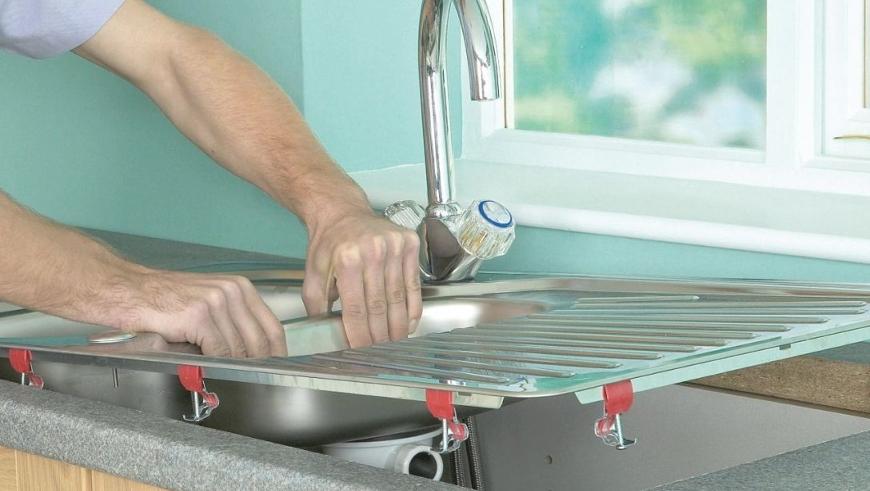
Why Consider Moving Your Kitchen Sink?
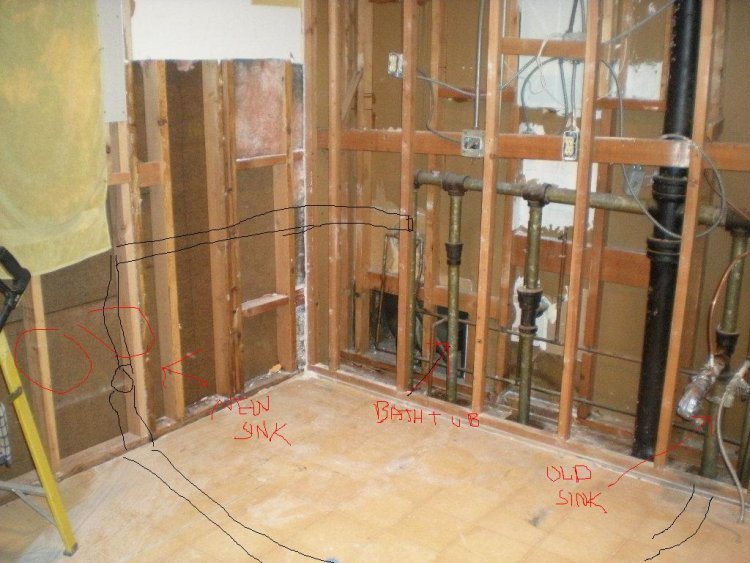 If you're looking to revamp your house design, one simple solution that can make a big impact is moving your kitchen sink a few feet. This may seem like a small change, but it can have a significant effect on the overall functionality and aesthetic of your kitchen. Whether you're looking to create more counter space, improve the flow of your kitchen, or just add a fresh look to your space, moving your kitchen sink can be the answer.
If you're looking to revamp your house design, one simple solution that can make a big impact is moving your kitchen sink a few feet. This may seem like a small change, but it can have a significant effect on the overall functionality and aesthetic of your kitchen. Whether you're looking to create more counter space, improve the flow of your kitchen, or just add a fresh look to your space, moving your kitchen sink can be the answer.
Creating More Counter Space
 One of the main reasons homeowners choose to move their kitchen sink is to gain more counter space. By moving the sink a few feet, you can create a larger work area for meal prep, cooking, and even entertaining. This can be especially beneficial for those who love to cook and need ample space for cutting, chopping, and mixing. With more counter space, you can also add in additional storage options, such as cabinets or shelves, to keep your kitchen organized and clutter-free.
One of the main reasons homeowners choose to move their kitchen sink is to gain more counter space. By moving the sink a few feet, you can create a larger work area for meal prep, cooking, and even entertaining. This can be especially beneficial for those who love to cook and need ample space for cutting, chopping, and mixing. With more counter space, you can also add in additional storage options, such as cabinets or shelves, to keep your kitchen organized and clutter-free.
Improving Flow and Functionality
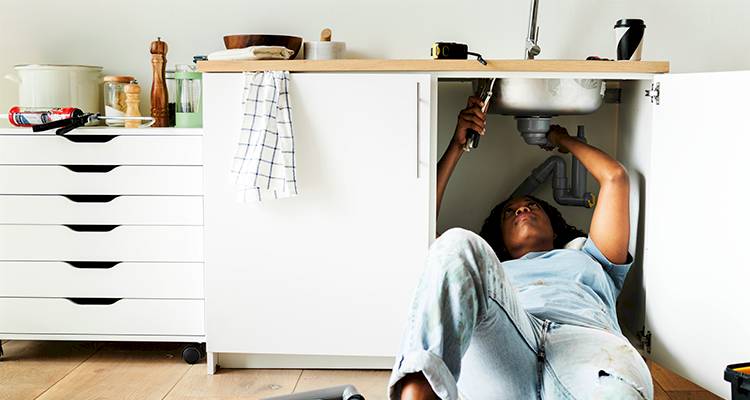 Another benefit of moving your kitchen sink is improving the flow and functionality of your kitchen. If your sink is currently in an awkward or inconvenient location, it can disrupt the natural flow of your kitchen and make daily tasks more challenging. By moving the sink, you can create a more efficient and seamless layout that allows for easy movement and access to all areas of your kitchen. This can make cooking, cleaning, and even simple tasks like washing your hands much more convenient and enjoyable.
Another benefit of moving your kitchen sink is improving the flow and functionality of your kitchen. If your sink is currently in an awkward or inconvenient location, it can disrupt the natural flow of your kitchen and make daily tasks more challenging. By moving the sink, you can create a more efficient and seamless layout that allows for easy movement and access to all areas of your kitchen. This can make cooking, cleaning, and even simple tasks like washing your hands much more convenient and enjoyable.
Adding a Fresh Look to Your Space
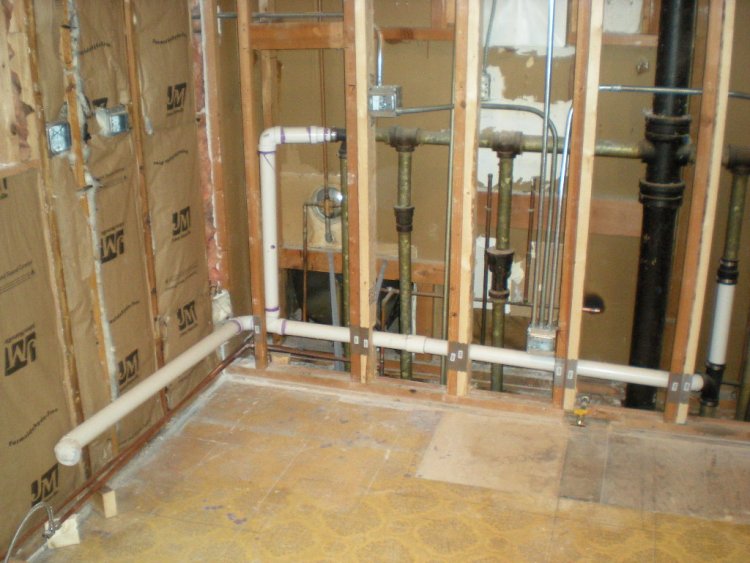 Sometimes, all it takes is a small change to completely transform the look of a room. Moving your kitchen sink can do just that. By placing it in a new location, you can give your kitchen a fresh and updated feel. You can also take this opportunity to upgrade your sink to a more modern and stylish option, such as a farmhouse sink or a sleek stainless steel design. This can add a touch of elegance and sophistication to your kitchen, making it a more visually appealing space for both you and your guests.
In conclusion, moving your kitchen sink a few feet can have numerous benefits for your house design. It can create more counter space, improve the flow and functionality of your kitchen, and add a fresh look to your space. Consider this simple solution for a quick and effective way to enhance your kitchen and make it a more enjoyable and functional part of your home.
Sometimes, all it takes is a small change to completely transform the look of a room. Moving your kitchen sink can do just that. By placing it in a new location, you can give your kitchen a fresh and updated feel. You can also take this opportunity to upgrade your sink to a more modern and stylish option, such as a farmhouse sink or a sleek stainless steel design. This can add a touch of elegance and sophistication to your kitchen, making it a more visually appealing space for both you and your guests.
In conclusion, moving your kitchen sink a few feet can have numerous benefits for your house design. It can create more counter space, improve the flow and functionality of your kitchen, and add a fresh look to your space. Consider this simple solution for a quick and effective way to enhance your kitchen and make it a more enjoyable and functional part of your home.





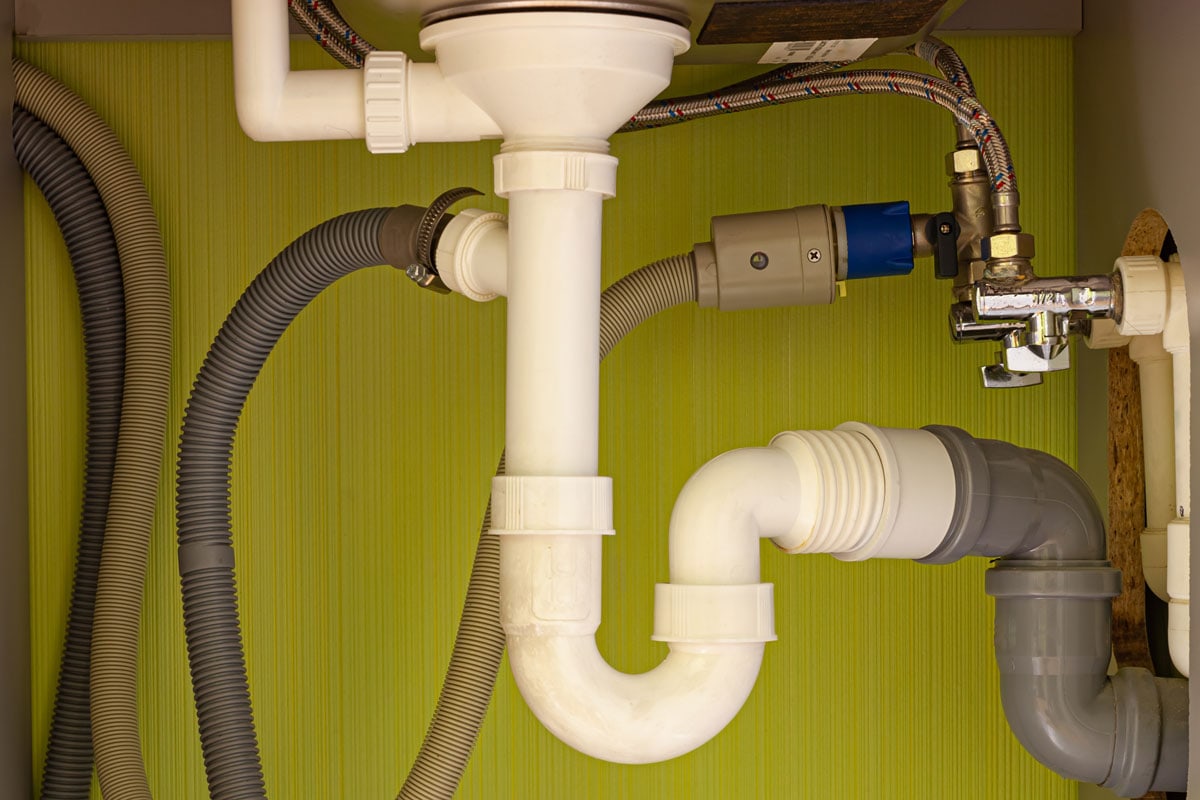




:max_bytes(150000):strip_icc()/plumber-unclogging-kitchen-sink-169270382-5810e7bb5f9b58564c5dd92b.jpg)







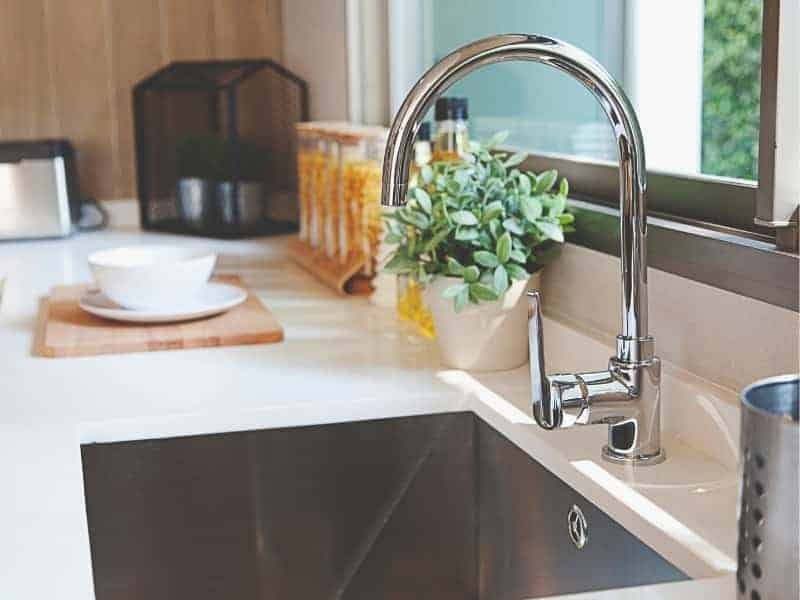





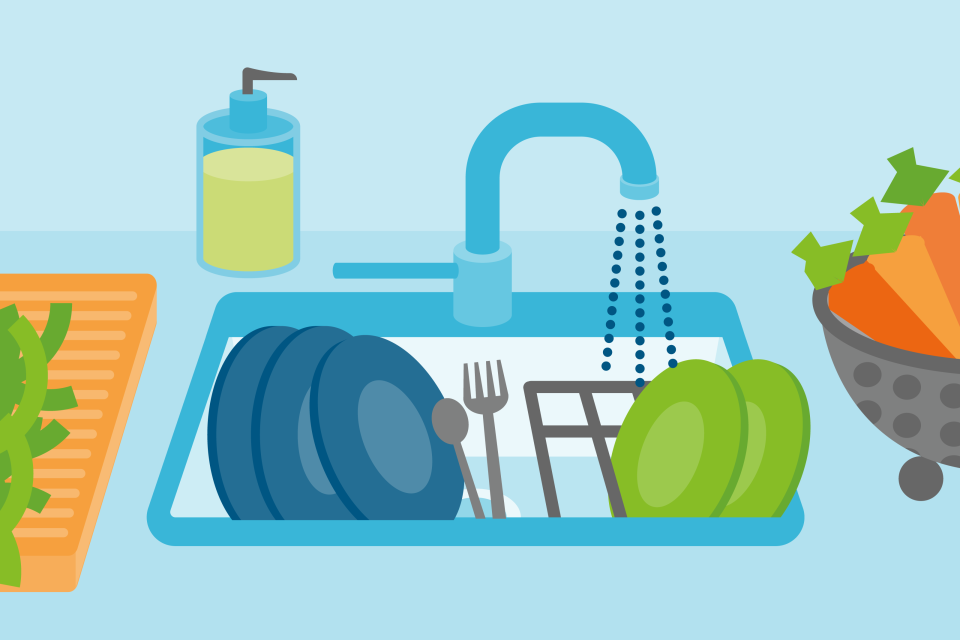









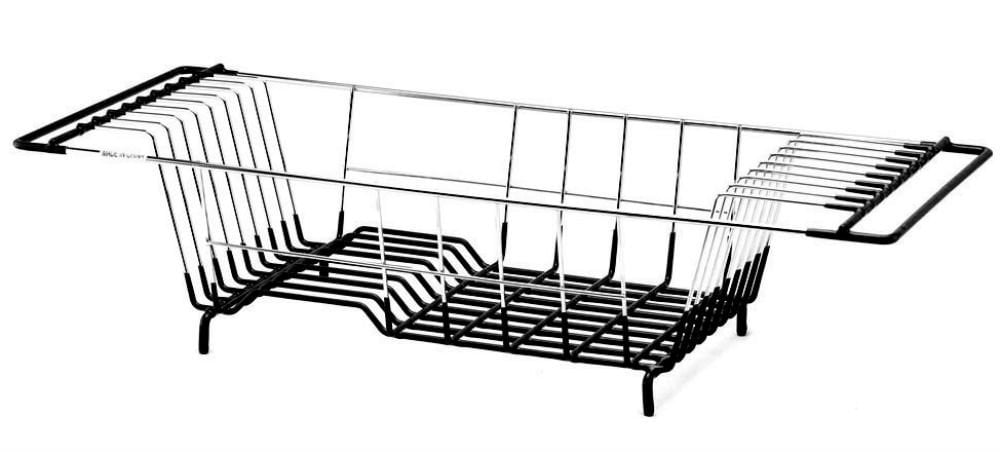
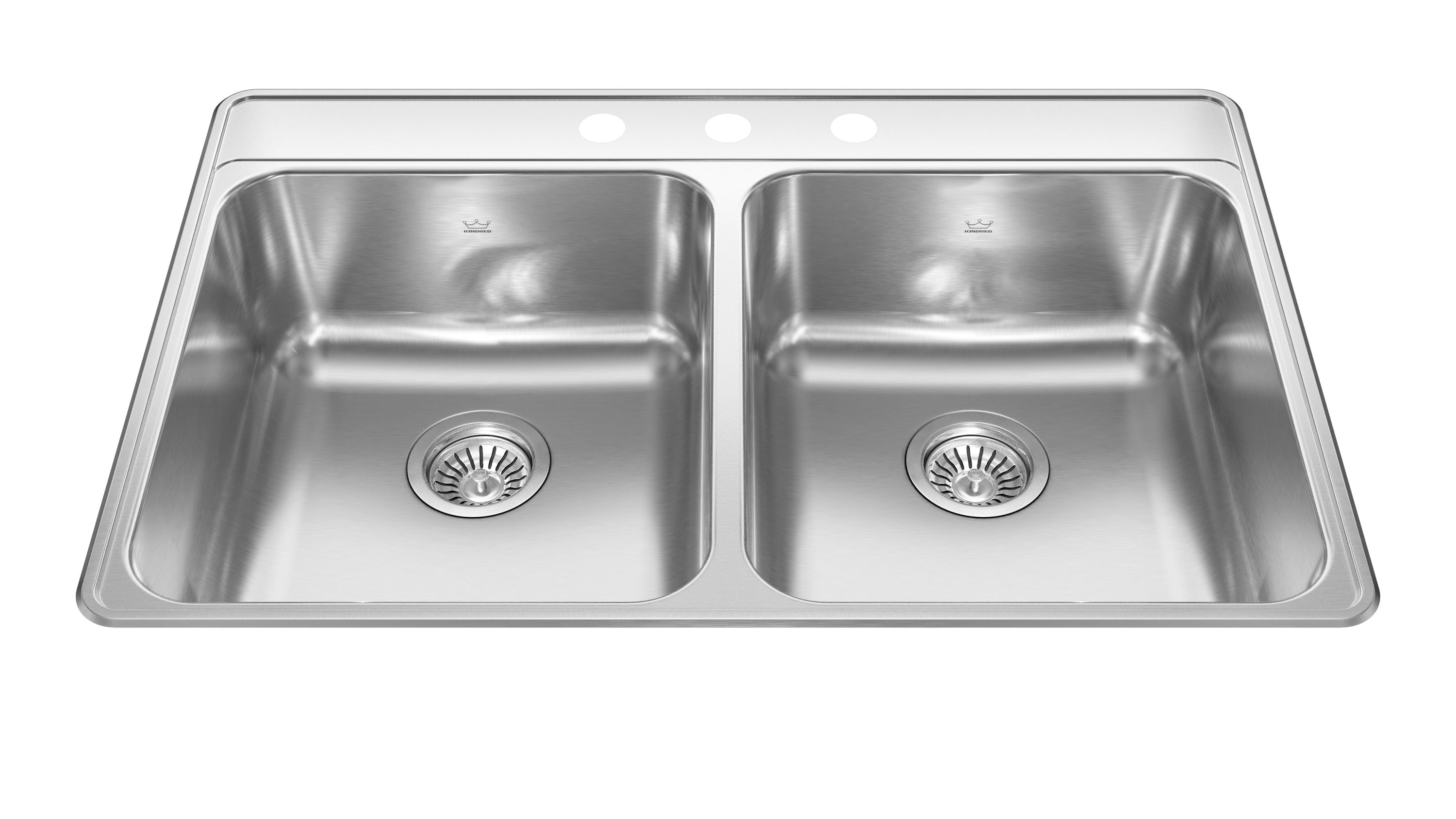









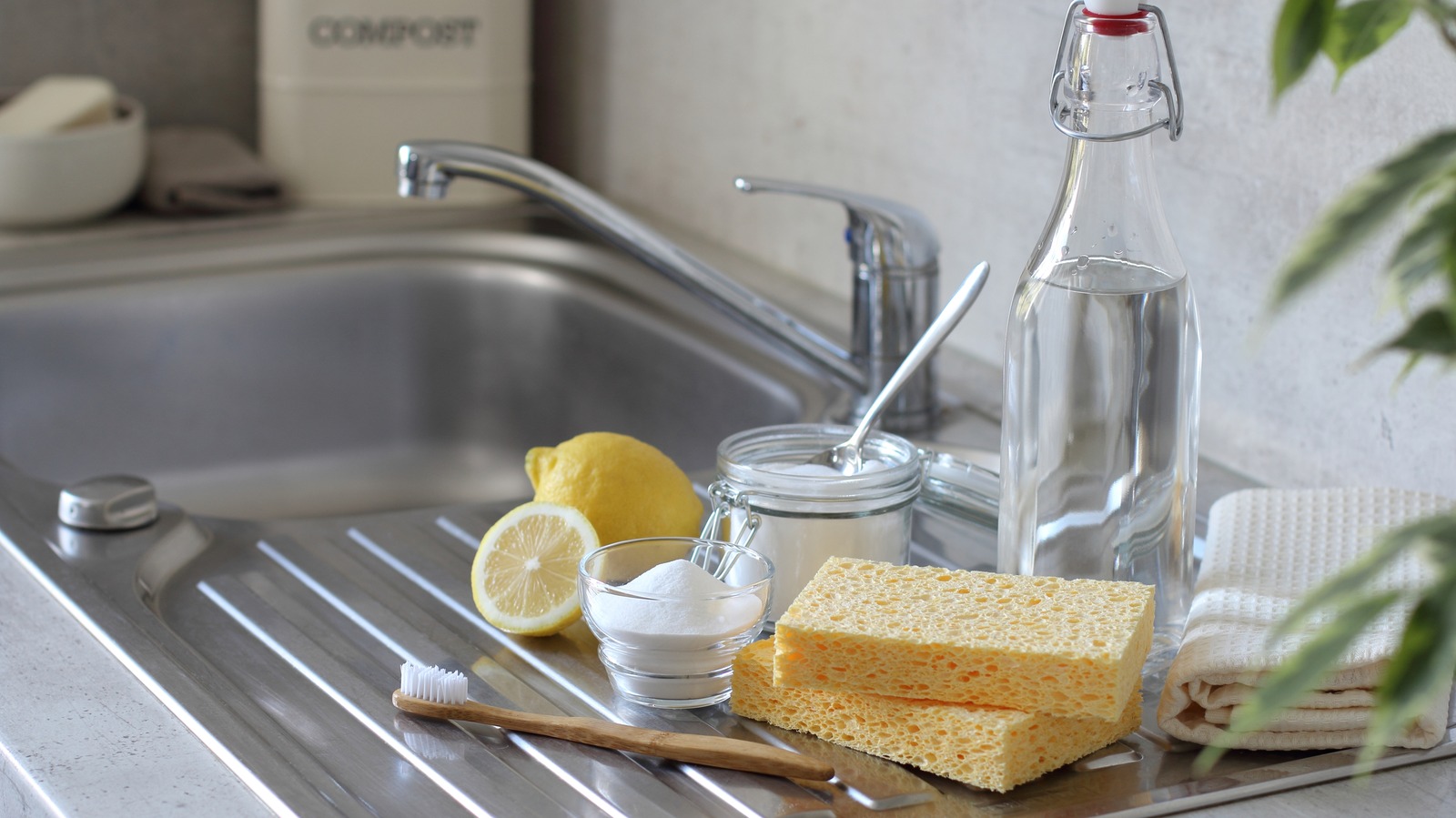


/how-to-install-a-sink-drain-2718789-hero-24e898006ed94c9593a2a268b57989a3.jpg)









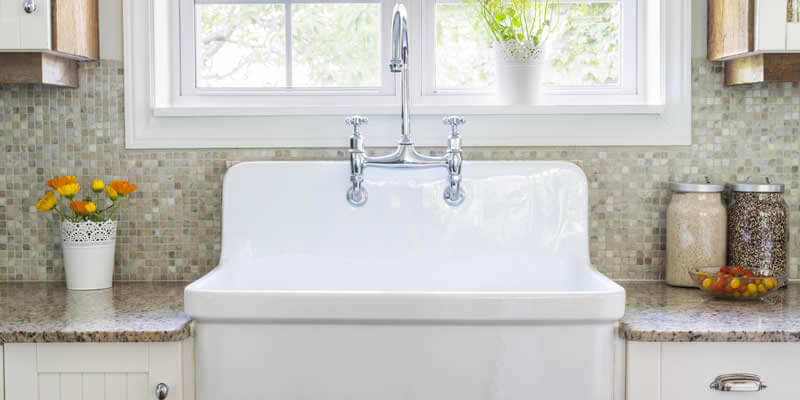

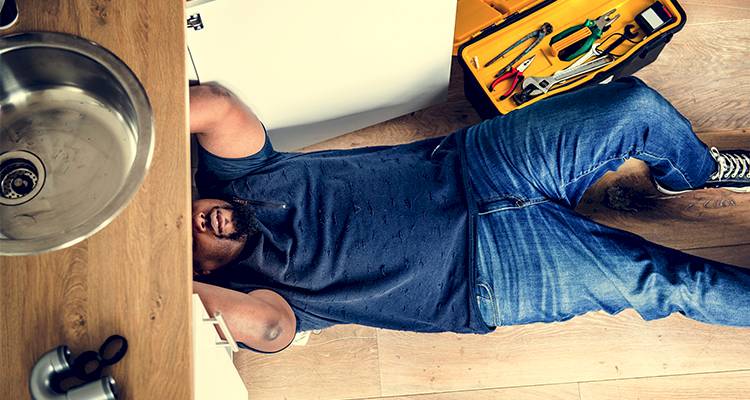












:max_bytes(150000):strip_icc()/Basic-kitchen-sink-types-1821207_color_rev-0b539306b9ef4236a136624ad2a89a4c.jpg)
:max_bytes(150000):strip_icc()/basic-kitchen-sink-types-1821207-hero-54418ed30f9540a9aa6148a1394f33a6.jpg)

